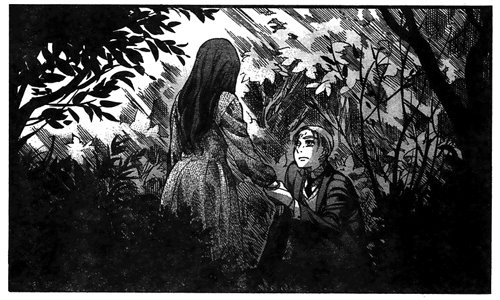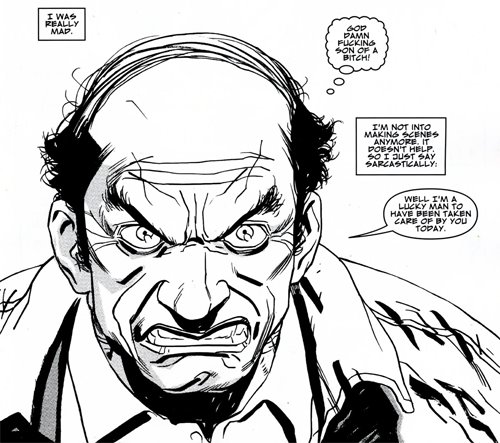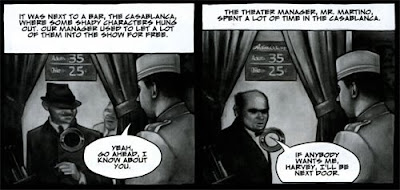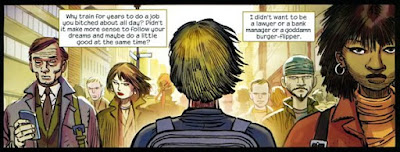For all its seriousness, Mori regularly injects a good deal of humor throughout the proceedings. The exotic Hakim Atawari may, or may not be, a faithful representation of an Indian prince, but his ostentatious behavior feels like something out of a Bollywood musical. The assertive and impulsive Countess Monica Mildrake has qualities reminiscent of tomboys and overprotective big sisters found in manga. There's also Emma's clumsy best friend and roommate Tasha and the witty barbs between the Jones siblings. These supporting characters go a long way to livening the narrative.
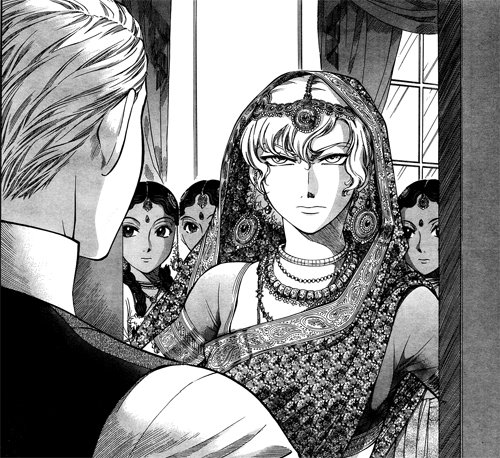
In volume 6 the forces arrayed against wealthy merchant's son William Jones and low-born maid Emma finally act to destroy their relationship. Volume 5 revealed the background of William's parents. The older couple had married despite societal disapproval, but the stress caused from trying to fulfill unreasonable social expectations did permanent damage to their marriage. Contrasting this with Emma's and William's response to their crisis in volume 7 helps put in perspective the difficulties that lie ahead for them, while suggesting some basis to hope for a happier outcome.
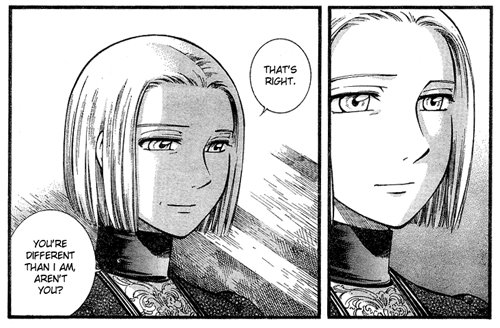
Throughout the course of the story, Kaoru Mori has taken the opportunity to develop Emma's charms. She's naturally intelligent, serious, industrious, and emotionally mature. Her quiet and dignified personality have earned her either admiration or befuddlement amongst her colleagues at Haworth. She's more than a match for the likes of William's fiancee Eleanor Campbell and the frivolous upper-crust girls she associates with. But like William, her main weakness is her fatalism. She confesses that she went along with her forced separation from William because she believed this was the only reasonable course of action to take. She should have resisted William's courting her. They didn't belong to the same class. He was already arranged to a more suitable mate. So as compensation she didn't resist when circumstances led her away from her beloved.
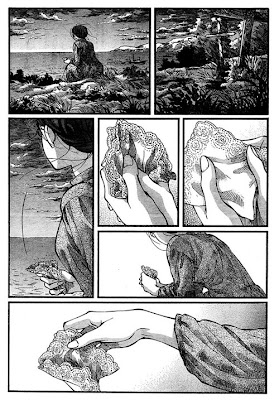
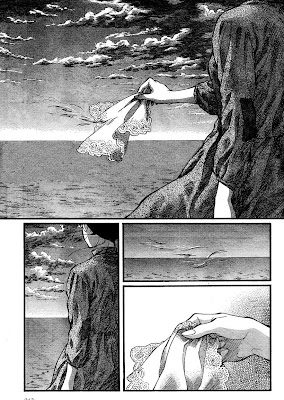 Meanwhile William's character has gone through considerable character development. In the first volume he was indecisive and passive, then acquires a newfound determination to carry-out his familial obligations. In this volume he develops enough resolve to speak against the prevailing class structure, symbolized by Viscount Campbell. And thanks to the assistance of Hakim, he manages to reunite with Emma, and they learn to find strength in one another.
Meanwhile William's character has gone through considerable character development. In the first volume he was indecisive and passive, then acquires a newfound determination to carry-out his familial obligations. In this volume he develops enough resolve to speak against the prevailing class structure, symbolized by Viscount Campbell. And thanks to the assistance of Hakim, he manages to reunite with Emma, and they learn to find strength in one another.The traditional upstairs-downstairs romance has become something of a cliche, but here it's somehow made fresh. Perhaps it's the the way one culture is being seen through the eyes of an outsider. Kaoru Mori's fascination with England, and her obsession with maids in particular, is so genuine it's infectious (Japan has recently become known for its maid cafes). No facet, however small, is too insignificant for her, whether it's the clothes the people wear, their mannerisms, the tiny gestures, the rules of etiquette observed, the tableware they use, the furniture and decor. It's this unadulterated love for her subject that allows Mori to conjure a world that feels authentic, yet also full of romanticism. The banter between the household servants and the pride they take in their work serves to heighten the self-indulgence of the upper-class. Chatty London society types condescend to their rural counterparts. The established aristocracy sneers at the rising bourgeois. And foreigners observe all this with utter bemusement. The class hierarchy is conveyed without coming across as a social studies lesson. That is a remarkable achievement for any young cartoonist.
